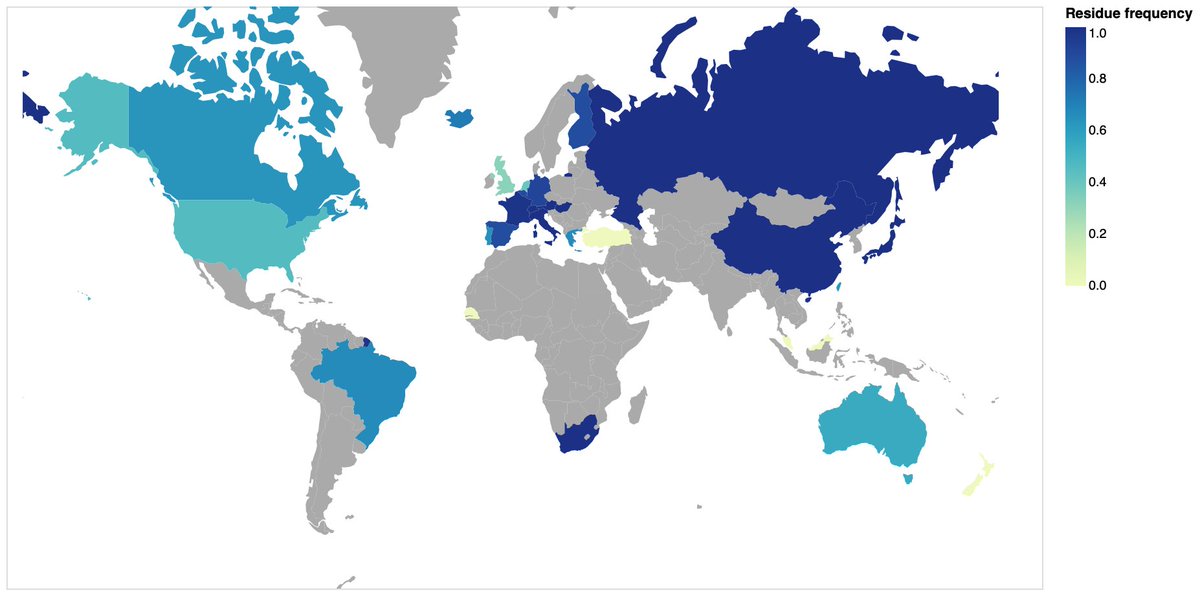Category 2. Is there a large (>20%, which is incidentally what you can detect with mixed bases) fraction of minority alleles (synonymous or non-synonymous) among viral haplotypes at the site.
Category 4. Do we see multiple evolutionary events on the tree, i.e. more than one internal branch with selection?







